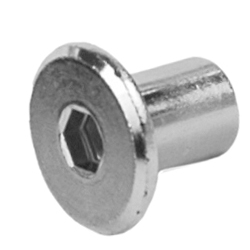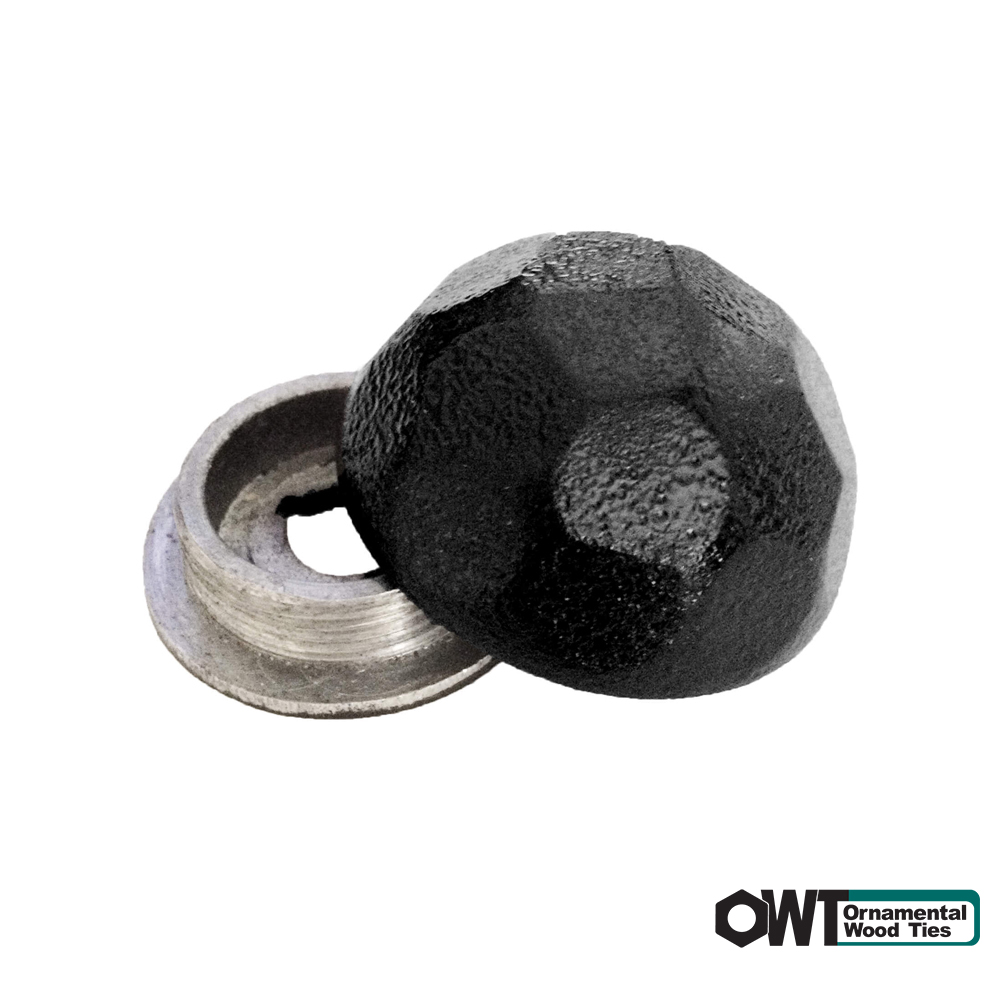When it comes to enhancing the aesthetics and functionality of your projects, small components can make a big difference. Decorative cap nuts are a prime example of how a simple finishing touch can elevate the overall look while serving a practical purpose. In this guide, we’ll delve deep into the world of decorative cap nuts, exploring their uses, benefits, styles, and much more!
What are Decorative Cap Nuts?
Decorative cap nuts, also known as acorn nuts, are fasteners that serve both a functional and aesthetic role. They are typically used to cover the exposed ends of bolts, screws, or threaded rods, providing a clean, polished look to various applications. Made from materials like stainless steel, brass, or plastic, these nuts come in a variety of shapes, sizes, and finishes, allowing for customization based on your specific needs.
The Importance of Decorative Cap Nuts
In my experience, decorative cap nuts are more than just a practical solution for finishing off fastenings. They can significantly enhance the visual appeal of furniture, fixtures, and various industrial applications. By choosing the right decorative cap nut, you can transform the ordinary into the extraordinary.
Materials Used in Decorative Cap Nuts
Decorative cap nuts are fabricated from various materials, each offering unique benefits. Let’s explore the most common materials:
1. Stainless Steel
Stainless steel cap nuts are known for their strength and corrosion resistance, making them ideal for outdoor and industrial applications.

2. Brass
Brass cap nuts add a touch of elegance and class, often used in furniture and decorative fixtures. Their golden hue and resistance to tarnishing make them a popular choice.
3. Plastic
Plastic cap nuts are lightweight and come in a variety of colors. They are ideal for indoor use where corrosion isn’t a concern and can match other decor elements.

Common Applications of Decorative Cap Nuts
Now that we have an understanding of what decorative cap nuts are and their materials, let’s look at their common applications:
Furniture Assembly
In my experience, decorative cap nuts can seamlessly blend into furniture designs, providing a sleek finish to various pieces such as tables, chairs, and cabinets.

Home Décor
Cap nuts can enhance home decor by adding a stylish element to curtain rods, shelving units, and decorative frames.
Automotive and Industrial Uses
These nuts are also widely used in automotive applications, providing both safety and a refined appearance on engine components and chassis parts.

Custom Projects
For DIY enthusiasts, decorative cap nuts allow for personalized touch on custom projects, from handmade furniture to unique art pieces.
Choosing the Right Decorative Cap Nut
Selecting the right decorative cap nut involves considering various factors:

- Material: Choose based on durability, appearance, and application.
- Size: Ensure the nut fits the threading of your bolt or screw securely.
- Finish: Opt for a finish that complements your project, be it polished, brushed, or painted.
- Style: Consider the overall design aesthetic—whether classic, modern, or rustic.
Comparison Table of Common Decorative Cap Nut Materials
| Material | Durability | Corrosion Resistance | Aesthetics | Cost |
|---|---|---|---|---|
| Stainless Steel | High | Excellent | Modern | Medium |
| Brass | Medium | Good | Elegant | High |
| Plastic | Low | Varies | Colorful | Low |

Pros and Cons of Using Decorative Cap Nuts
Pros
- Enhances aesthetic appeal
- Protects fasteners from dirt and damage
- Available in various styles and materials
- Easy to install and remove
Cons
- May require specific sizing for tight fits
- Some materials can be more expensive
- Plastic versions may not be suitable for high-stress applications
Installation Tips for Decorative Cap Nuts
Installing decorative cap nuts is straightforward. Here are some tips based on my hands-on experience:
Step 1: Gather Your Tools
You’ll need:
- Cap nuts
- A wrench or socket set
- Thread-locking adhesive (optional)
Step 2: Prepare the Bolt/Screw
Ensure the threaded end is clean and free from debris. If necessary, apply a small amount of thread-locking adhesive for added security.
Step 3: Screw on the Cap Nut
Align the cap nut with the threaded end and screw it on by hand. Then, use a wrench to tighten it securely. Avoid over-tightening to prevent damage.
Step 4: Finish Up
Inspect the installation to ensure everything is snug and looks polished.
FAQs about Decorative Cap Nuts
What are the best decorative cap nuts for outdoor use?
Stainless steel decorative cap nuts are recommended for outdoor use due to their excellent corrosion resistance and durability.
Can decorative cap nuts be painted?
Yes, plastic and some metal cap nuts can be painted to match your decor. Ensure the surface is clean before applying paint.
Are decorative cap nuts easy to remove?
Yes, decorative cap nuts can be removed easily with the appropriate wrench or socket, making them user-friendly for adjustments.
Where can I buy decorative cap nuts?
Decorative cap nuts can be found at most hardware stores, specialty fastener suppliers, and online marketplaces.
How do I know what size cap nut to buy?
Check the size of your bolt or screw thread to determine the appropriate cap nut size. Most manufacturers provide sizing guidelines.
Conclusion: Elevate Your Projects with Decorative Cap Nuts
Decorative cap nuts may seem like small components, but their impact on aesthetics and functionality is significant. Whether you’re an interior designer, a DIY enthusiast, or just someone looking to add a stylish touch to everyday items, these fasteners can provide the perfect solution. With a variety of materials, styles, and practical applications, decorative cap nuts can truly elevate your projects to new heights.
So the next time you’re embarking on a new project, remember the importance of finishing touches like decorative cap nuts—they’re indeed worth the investment!